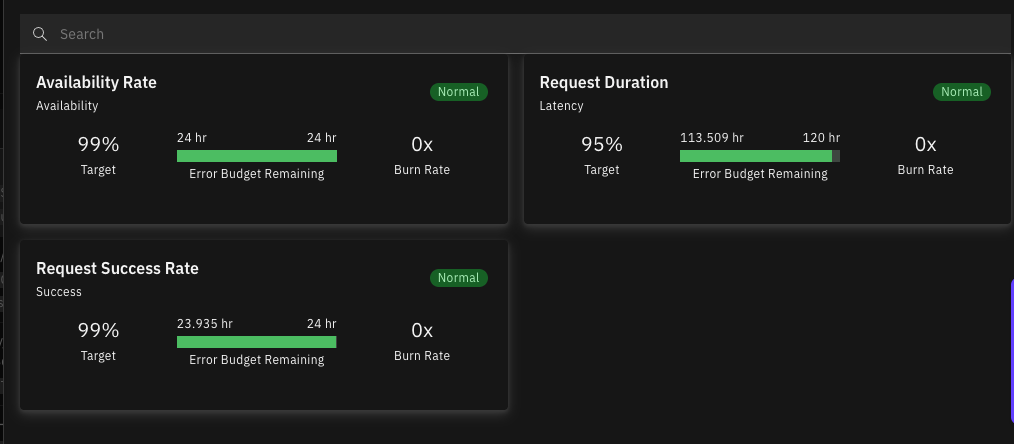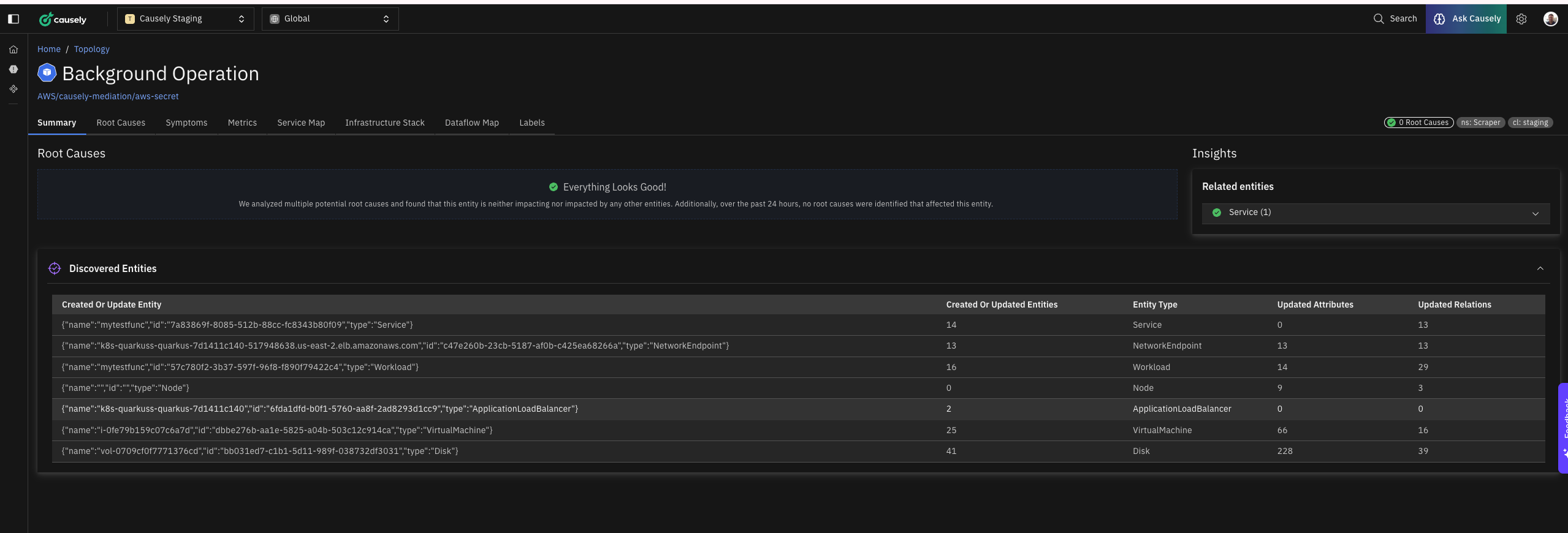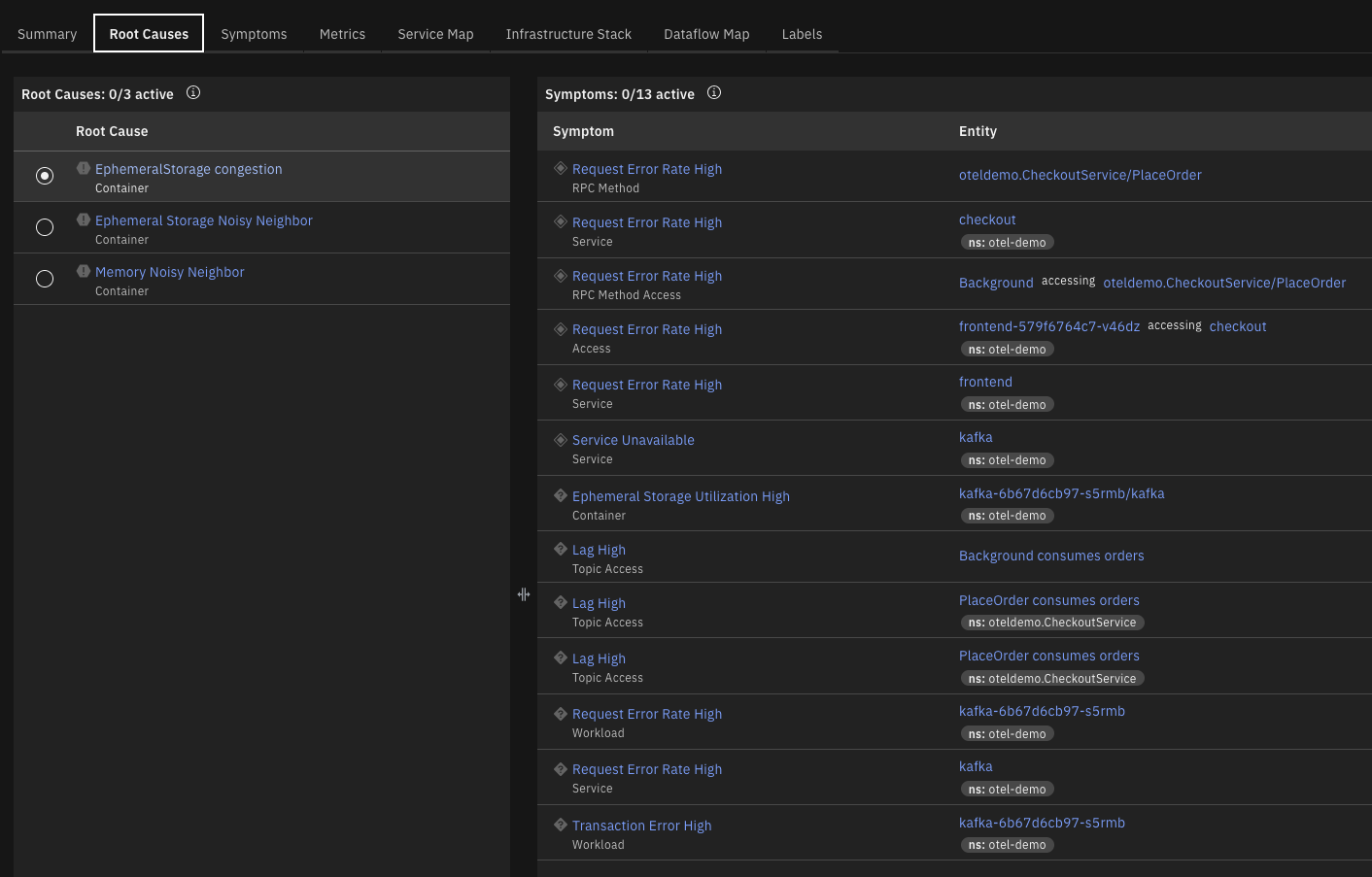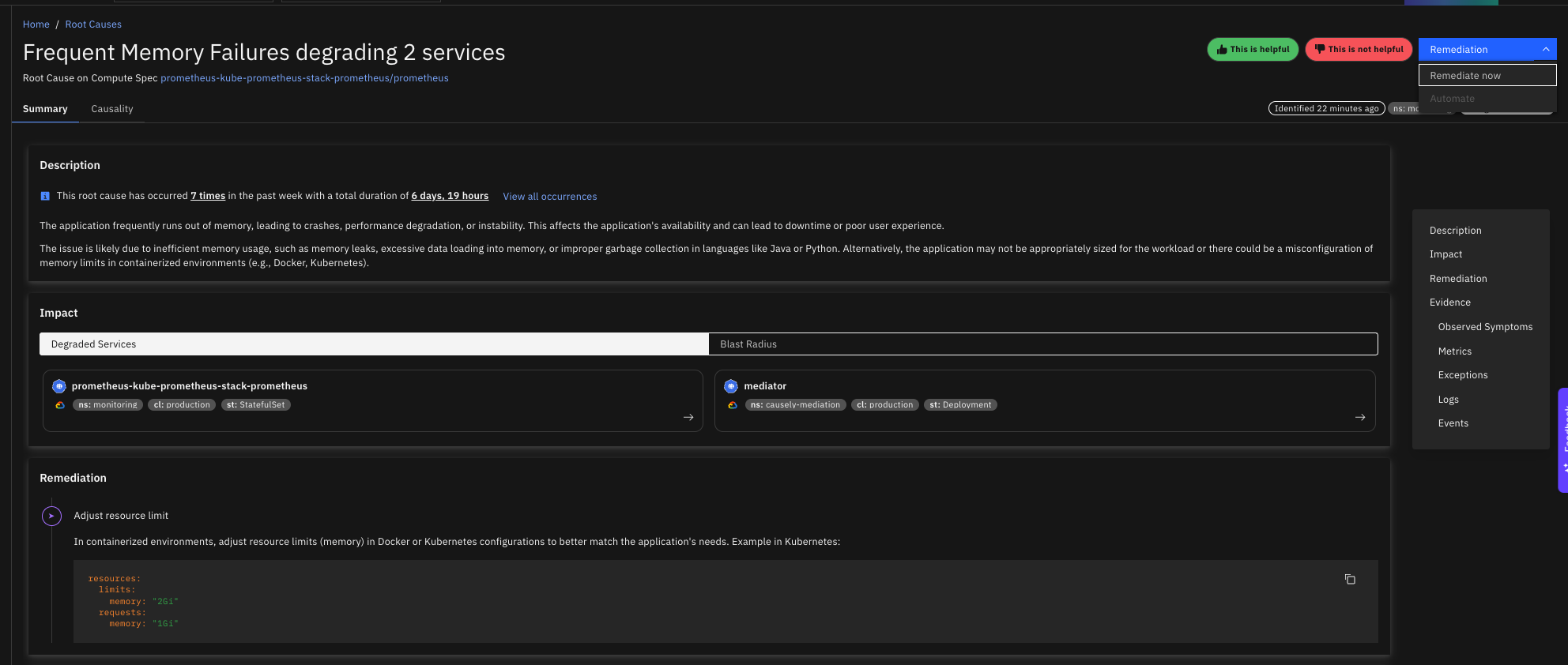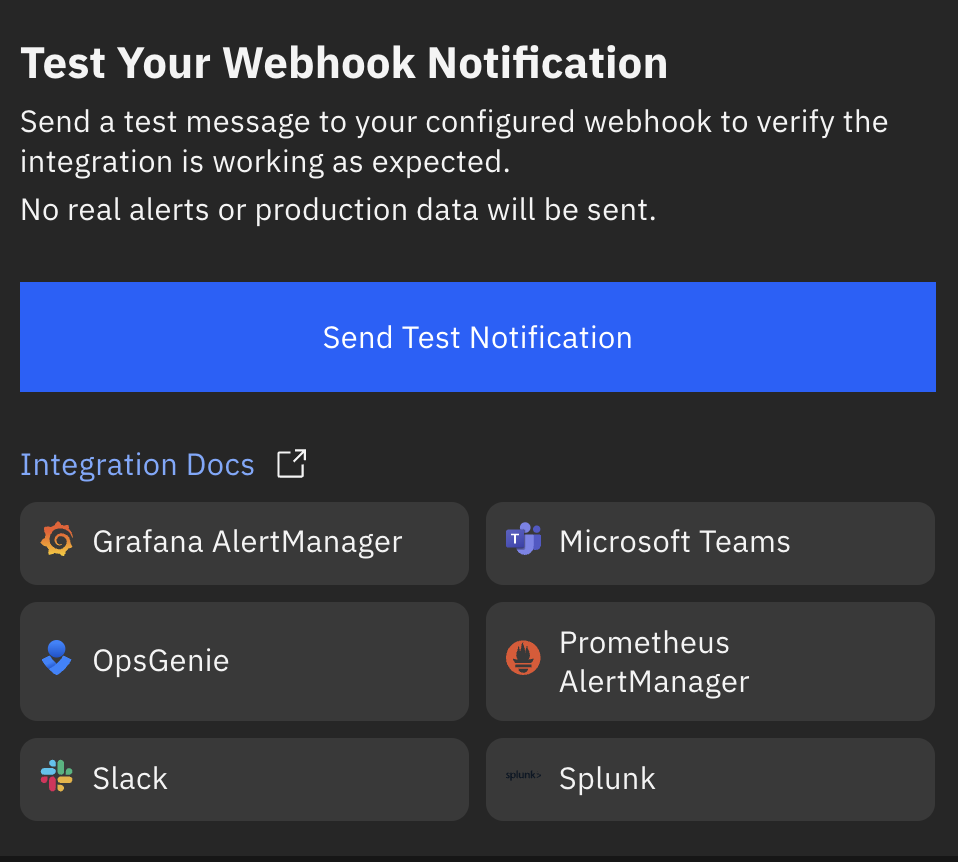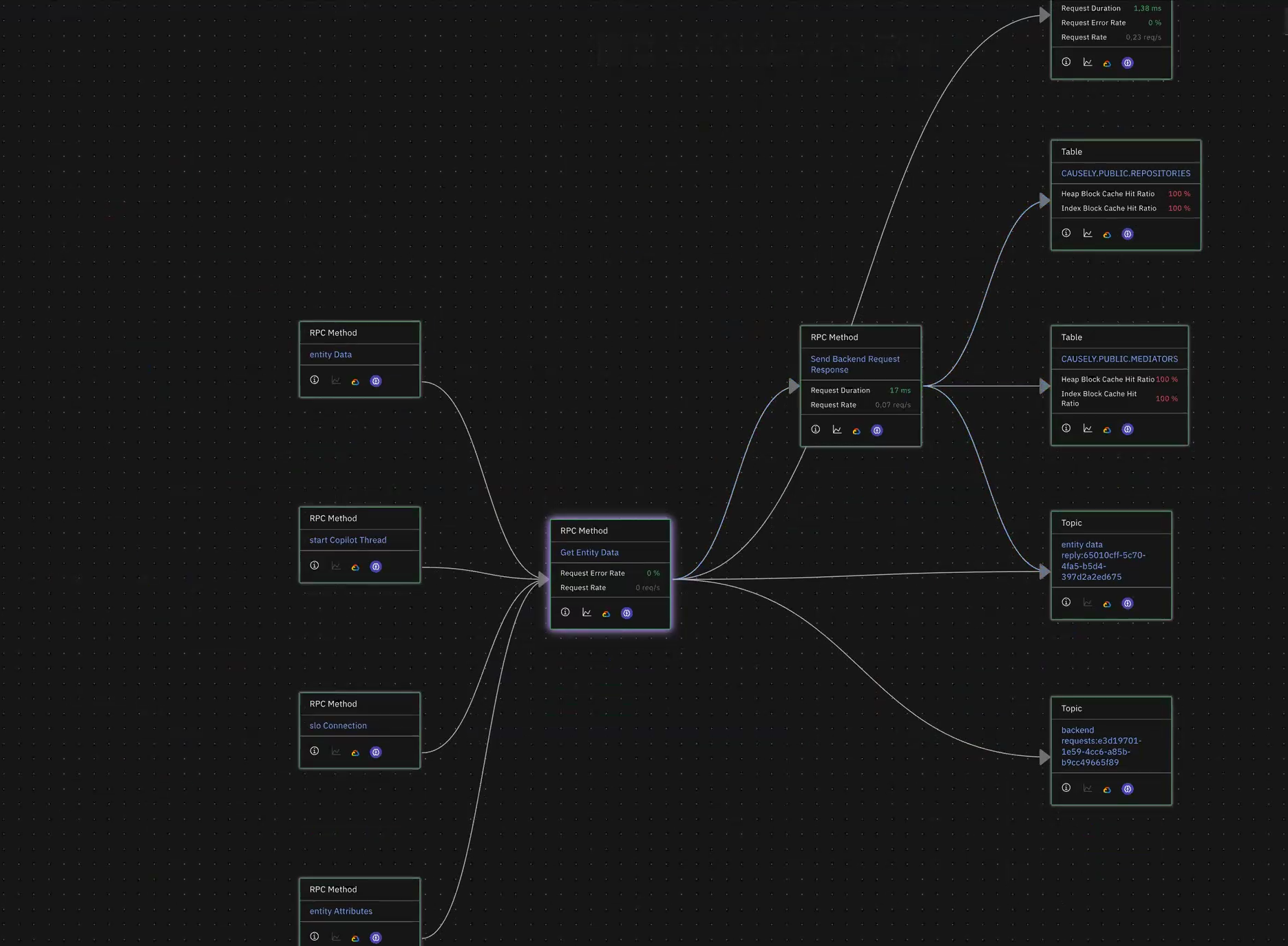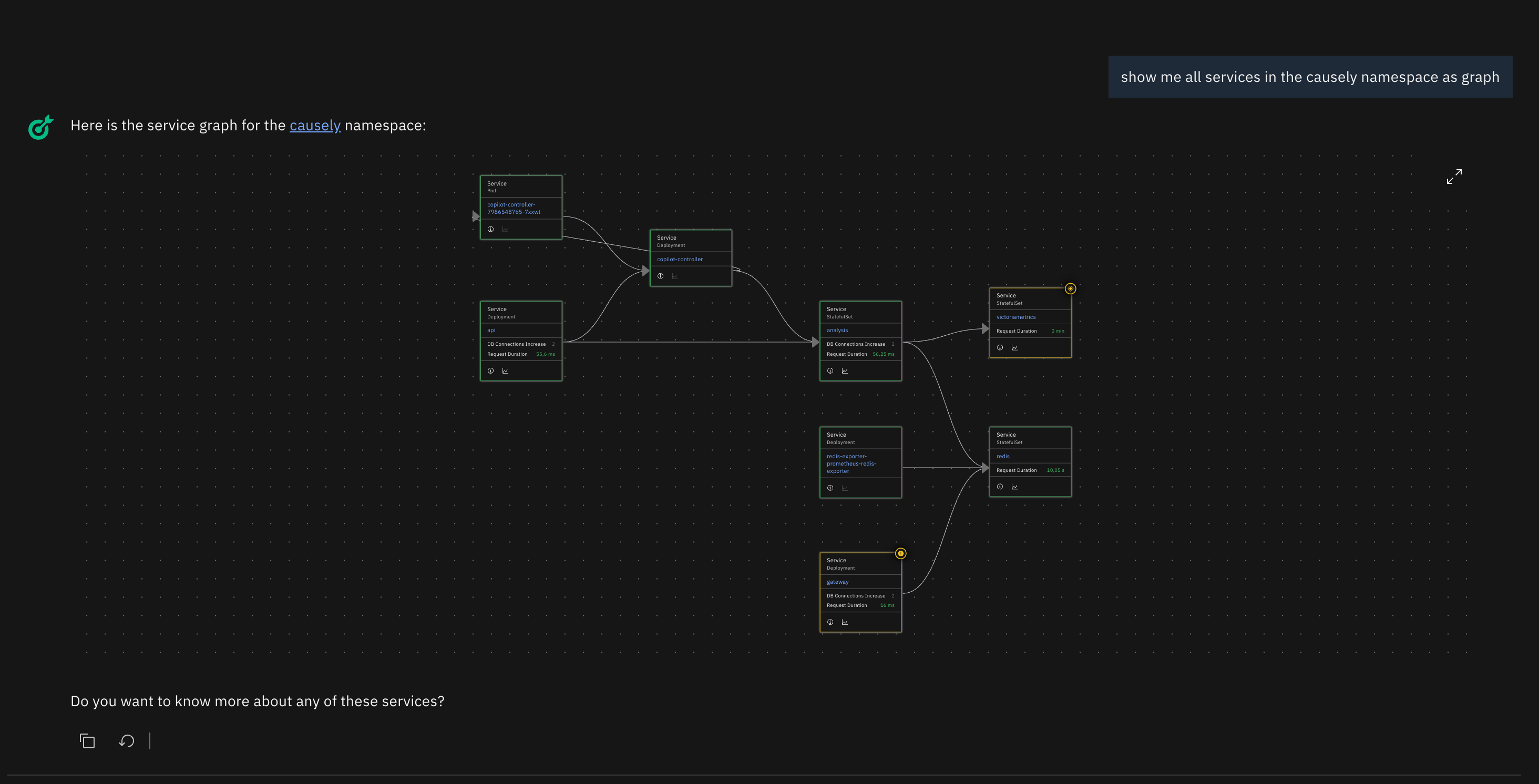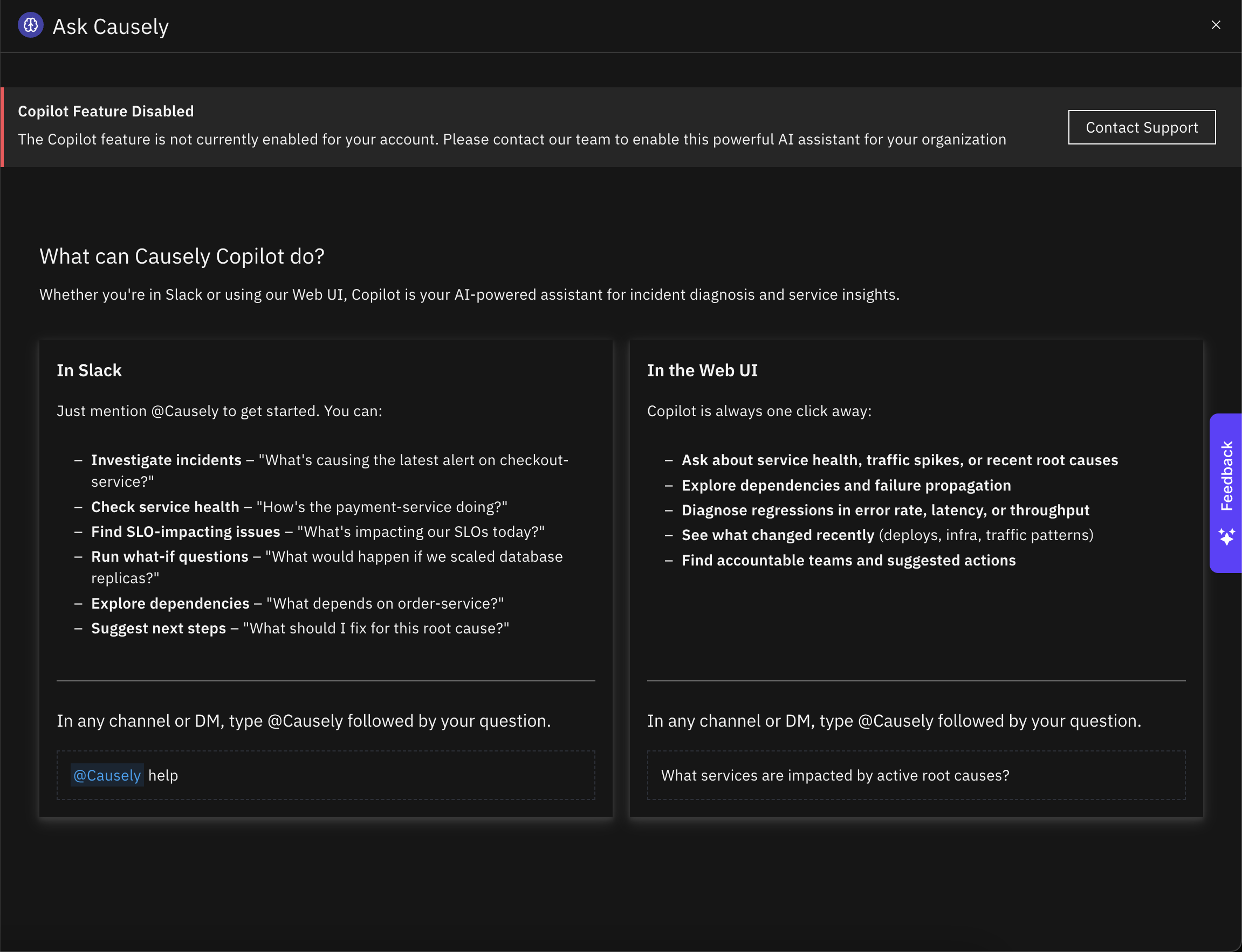v1.0.101
November 12, 2025
Version v1.0.101MCP Server: Causely's Causal Reasoning Engine, Now in Your IDE
The new MCP Server gives you direct access to Causely's Causal Reasoning Engine (CRE) from any MCP-compatible IDE.
You can now pull the full causal context of an inferred cause to automatically generate a code fix and a pull request, without leaving your workflow. This capability is in Early Access; let us know if you'd like to try it in your environment.
Read the blog post announcing MCP Server for IDEs: Introducing Causely’s MCP Server.
Telemetry Integrations in the UI
You can now add and manage telemetry data sources directly in the Causely UI. The Integrations experience shows:
- The health of all configured sources
- The last discovery time and data retrieved
- Recommendations for which data sources to prioritize next
By expanding your telemetry coverage, Causely builds a more complete causal model of your system, improving precision in root cause inference and proactive detection.
Adding additional instrumentation enhances Causely's ability to model service-to-service communication and automatically detect reliability risks.



Background Operation Root Causes
Causely's causal model now includes background operations such as asynchronous message consumers (Kafka, RabbitMQ, and more).
This enables automatic inference of slow consumer root causes for message-driven workloads.
Expanded Elasticsearch Support
Causely now supports additional Elasticsearch indices, ensuring that the most relevant logs are linked to each inferred root cause — giving you the “why” behind degradations with more context and precision.
Did you know?
Not only can Causely leverage Grafana Alloy, Loki and Beyla as telemetry sources, but you can also use the Grafana Plugin to bring Causely's causal insights directly into your Grafana dashboards. Learn more in the docs.
Bug Fixes and Minor Improvements
- Automatically discover Docker services exposed on host IPs for more complete topology mapping
- Make OpenTelemetry sample rate configurable to maintain mediation health
- Show active scope and filter details in the Topology view
- Update service graph to display intermediate services along route destinations
